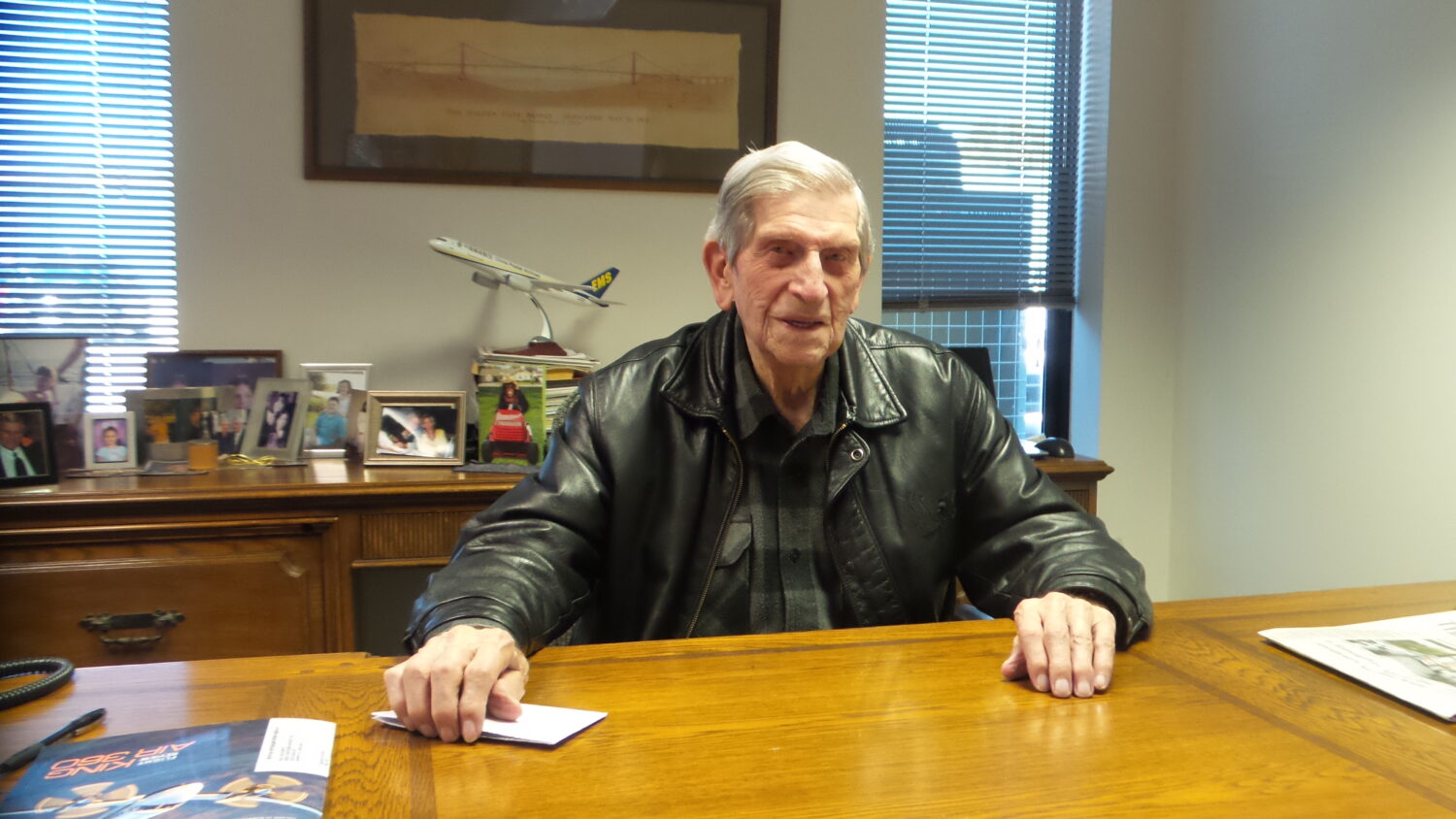IndyCar News: Paul Goldsmith, Oldest living Indy 500 Veteran dies (Update)
Paul Goldsmith, the oldest living Indy car driver and NASCAR legend, has died. He was 98.
“Sorry to hear of Paul Goldsmith’s passing at 98, the only man to win on Daytona’s beach/road course on two wheels as well as four,” FOX Sports’ Mike Joy wrote on X. “2X USAC stock car champ, 2x Indy 500 top 5 finisher, 9x NASCAR Cup winner. Named to several Hall of Fame. A very full life.”
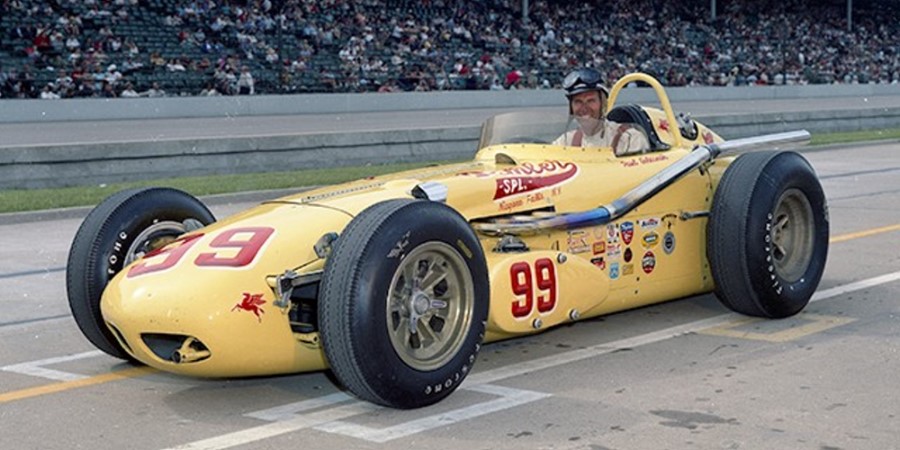
He was a West Virginia native. He made six consecutive Indy 500 starts from 1958 through 1963 – his best finish came in 1960 when he took third in the race, and he also finished fifth in 1959.
Incredibly, Goldsmith achieved such success at the top level of open-wheel racing despite making only eight career starts in cars without fenders. All eight races were USAC Championship events, including the six Indianapolis 500 starts.
Few racers in his era were more versatile and successful than the humble, quiet Goldsmith.
Raised in Detroit, he began racing motorcycles as a teenager after the end of World War II. He jumped immediately to American Motorcyclist Association expert status on Harley-Davidson machines, competing while working full time at a Chrysler factory. Goldsmith’s first major AMA motorcycle win came in 1952 on the 1-mile dirt track at Wisconsin State Fair Park, now paved and known as the Milwaukee Mile.
In 1953, Goldsmith won the Daytona 200 motorcycle race on the old beach road course, with his Harley prepared by legendary engine builder and tuner Smokey Yunick. He also won the 100-mile race at treacherous Langhorne (Pennsylvania) Speedway.
Goldsmith finished second in the AMA standings in 1954 to a protegee and friend from the West Coast who also achieved success on two and four wheels – Joe Leonard.
While still racing motorcycles, Goldsmith tried his hand at stock car racing, winning a 250-mile race in 1953 at the Detroit Fairgrounds. He made his final motorcycle start in 1956 and then focused on stock car racing, earning his first NASCAR victory that year in a 300-mile race at Langhorne for Yunick’s team.
Goldsmith was the final NASCAR Grand National winner on the old beach course in 1958 in Daytona Beach, Florida, while the construction of Daytona International Speedway was underway. He is the only competitor to win on the beach course in a car and on a motorcycle.
In 1959, Goldsmith teamed up with ace mechanic Ray Nichels and dominated the USAC Stock Car circuit in Nichels Engineering machines during the first half of the 1960s. He won the USAC Stock Car championship in 1961 and 1962 and finished second in 1960 and 1965.
Goldsmith won 26 USAC Stock Car races in 85 starts, with 44 top-three finishes. Nineteen of those wins came in 39 starts during his title-winning seasons in 1961 and 1962. He won nine races and earned 59 top-10 finishes in 127 NASCAR starts. His last NASCAR win came in 1966 at Bristol (Tennessee) Motor Speedway.
Despite only six starts at Indianapolis Motor Speedway, Goldsmith turned many laps at the Racing Capital of the World as Firestone’s chief test driver.
He also participated in one of the most unique events in IMS history, a 24-hour race between two cars Nov. 21-22, 1961. Goldsmith and fellow star drivers Ward, Len Sutton, Fireball Roberts, Marvin Panch and Joe Weatherly alternated between a Police Enforcer version of a Pontiac Catalina and a conventional Catalina in heavy rain, a test of the machinery and drivers. They were the first drivers to compete on the completely paved 2.5-mile oval, as the front straightaway of original brick was covered with asphalt in October 1961.
His noteworthy accomplishments on two and four wheels were honored with membership in several Halls of Fame, including the IMS Hall of Fame, Motorsports Hall of Fame of America, Motorcycle Hall of Fame, USAC Hall of Fame and Michigan Motorsports Hall of Fame.
Goldsmith retired as a driver in 1969 to focus on his growing aviation exploits. He was a noted pilot, one of the first drivers to fly himself to and from races. He also trained pilots for China East Airlines, flew parts to races in his plane, and owned an aviation engine repair business and an airport in Griffith, Indiana. Goldsmith also owned a series of ranches and restaurants.
Goldsmith was predeceased by his wife, Helen, and son, Greg. He is survived by his daughter, Linda Goldsmith-Slifer.
September 7, 2024
AutoRacing1.com (AR1) recently spoke with the oldest living driver to run in the Indy 500, Paul Goldsmith. The most common thing for people over 65 years of age is called retirement. But not for this spry 95 year old. The Motorsports Hall of Fame of America and The Motorcycle Hall of Fame recipient is far from retiring.
Goldsmith sits behind his desk and tends to many tasks during the day at his small public use airport that he owns in Northwest Indiana. Moving to the area about 60 years ago, the still active pilot rightfully brags about the improvements that have been made at this facility since he purchased it. Like the runway that was increased to 4,900 feet and the flight school that includes 15 small planes for instruction. And an airplane engine rebuild business also located at the airport.
Goldsmith was in his 20s when he started racing motorcycles. Driving a Harley- Davidson bike, he won 3 championships during his 8 year career. He remembers Walter and Bill Davidson, the brothers from Milwaukee, Wisconsin who cofounded the legendary motorcycle company, were present at some of his races back in those days.
Growing up in Detroit, Goldsmith worked full time for Chrysler while racing motorcycles. Goldsmith was surprised the day Semon “Buckie” Knudsen, president of Pontiac motors, asked him to have lunch with him. Goldsmith was introduced to Ray Nichels, an race car engineer based in Northwest Indiana. Knudsen asked Goldsmith to team up with Nichels, who managed Pontiac’s involvement in stock car racing, and run stock cars with Pontiac.
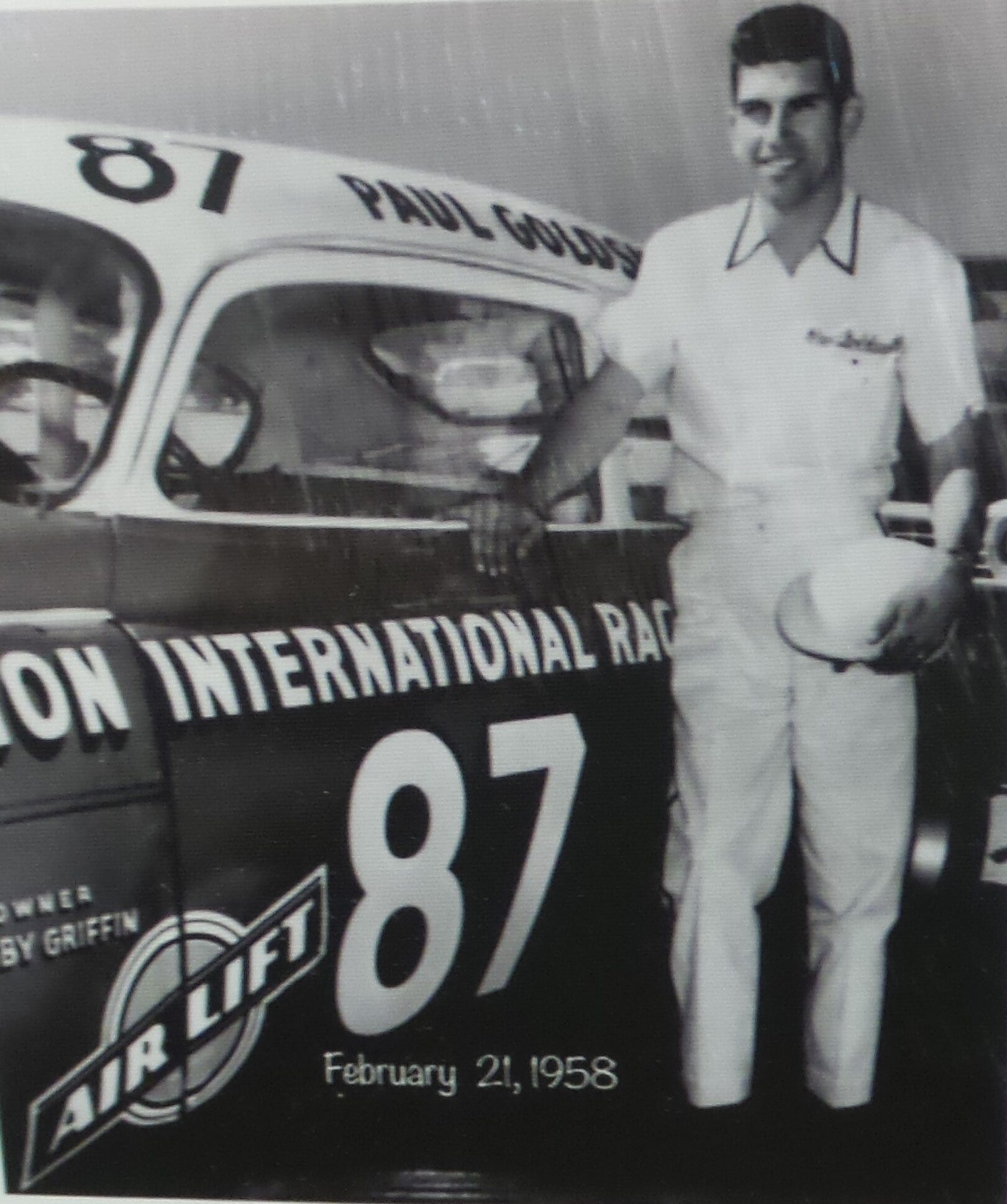
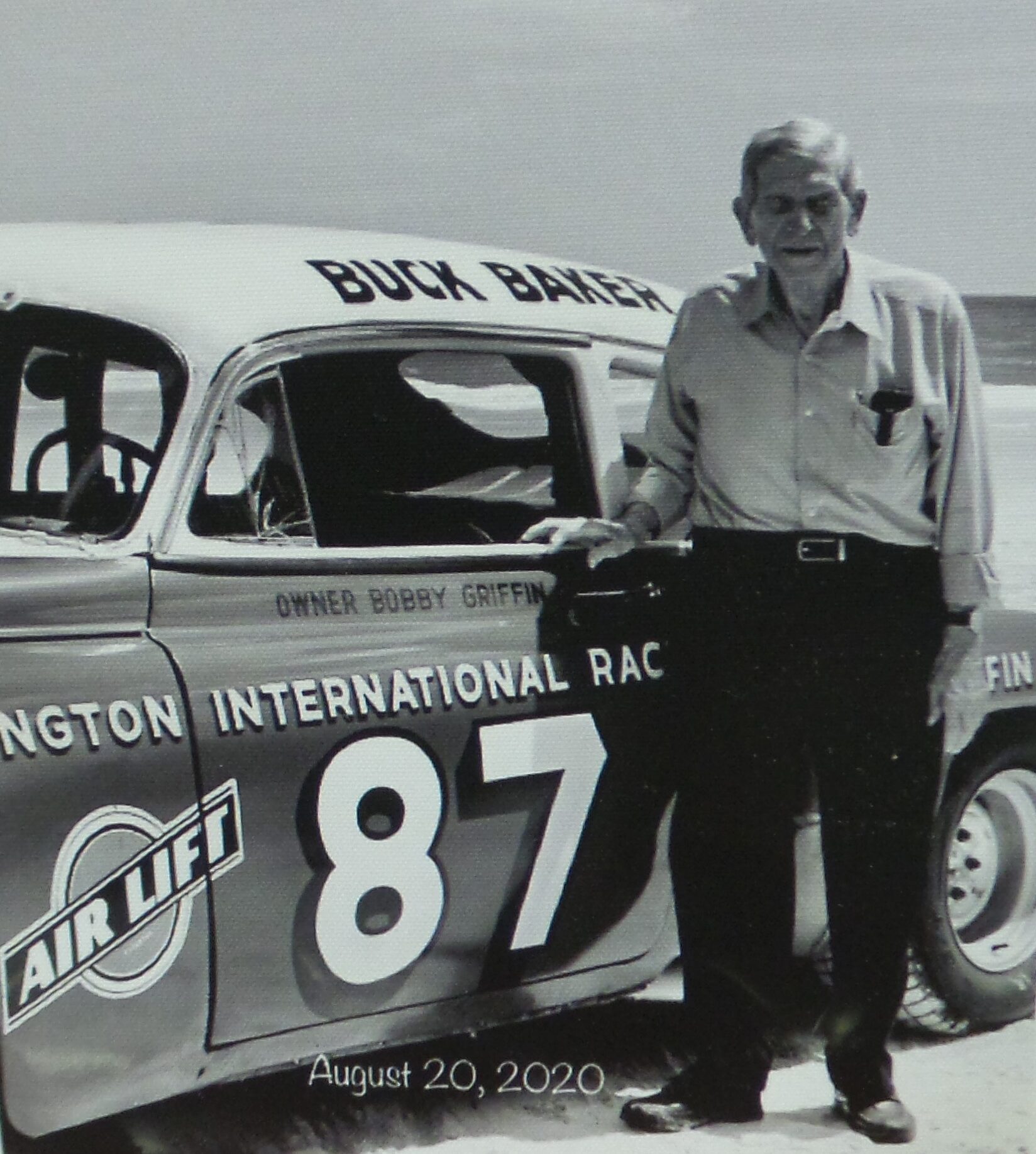
In 1961, under Nichels’ guidance, Pontiac dominated American stock car racing. Nichels Engineering driver, Goldsmith, captured the USAC Stock Car National Championship with 10 wins, 7 poles and 16 top-five finishes in 19 races. Overall Pontiac performance in USAC was 14 wins, 10 poles and 38 top-five finishes in 22 races.
In NASCAR, overall Pontiac performance was 30 wins in 52 races. In 1962, Pontiac’s dominance under Nichels became even further evident as Nichels and Goldsmith won their 2nd consecutive USAC National Championship with 8 wins, 6 poles and 15 top-five finishes in 20 races. Overall Pontiac performance in USAC was 10 wins, 10 poles and 34 top-five finishes in 22 races. And overall Pontiac sales went from 8th in the country to 3rd within 4 years.
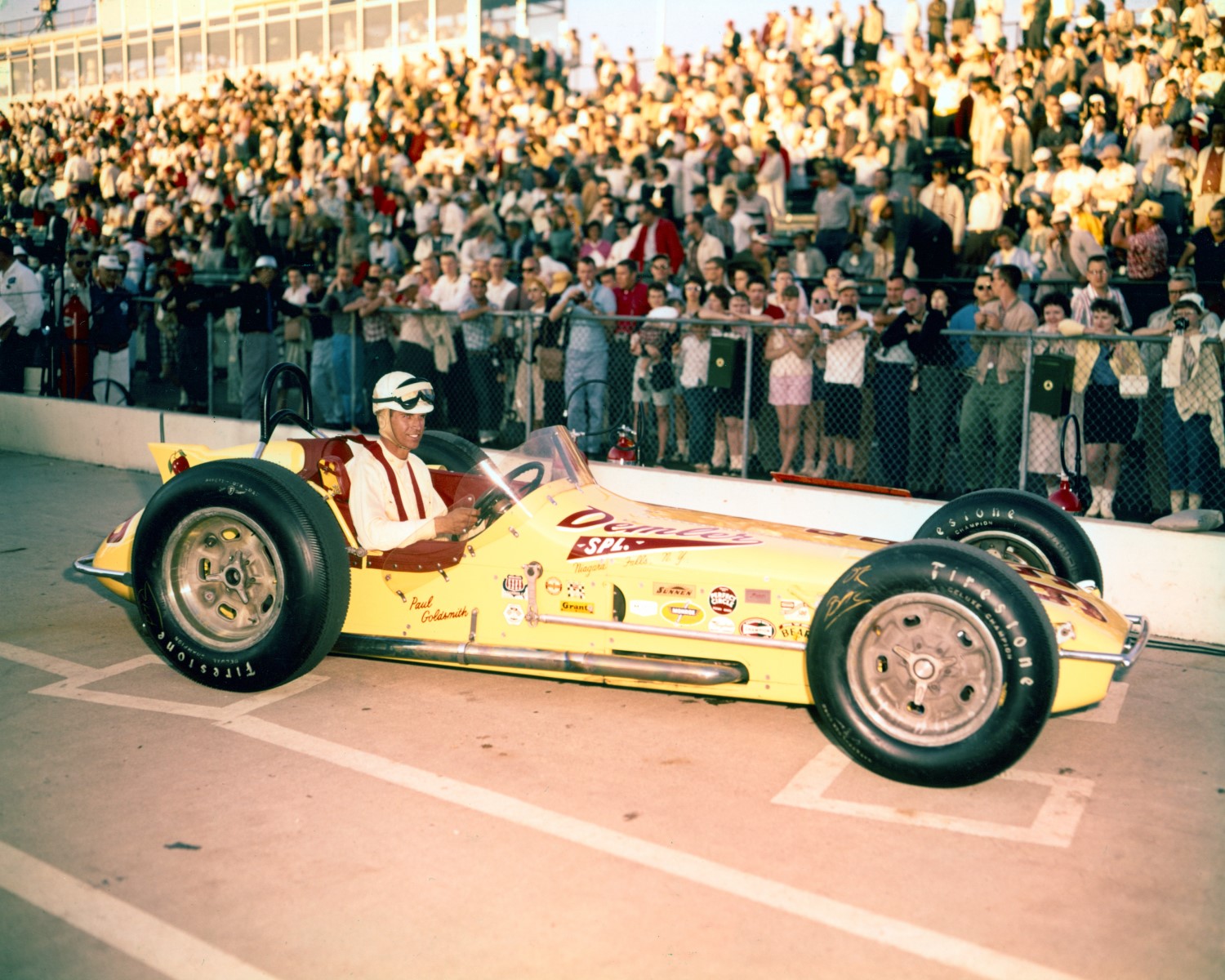
After the stock car success, Goldsmith moved up to racing in the Indy 500 from 1958 to 1963. Nichels built engines for the Indy cars and Goldsmith drove the entry. Out of the two races Goldsmith completed all 200 laps, he finished in the top 5 both times.
When AR1 asked the accomplished racer what his greatest moment was, Goldsmith replied without hesitation, learning to fly an airplane. Not recalling exactly what year his flying started, Goldsmith said he started while still living in Detroit, sometime during his motorcycle racing days. He recalls flying Walter Davidson to a race event.
‘I met a guy in Detroit who had a huge flight school consisting of 1300 students. I cannot remember his name but he asked me to come fly with him. So I flew with him a couple of times. And then I thought I had better learn how to do this. So I got my flying license and have been flying ever since.”
Goldsmith brags that he has flown over 26, 343 hours in his lifetime, which he commented was more than a commercial pilot would fly during a career. And the proud pilot showed me the latest of his log books to prove it. The last trip was a flight to Charlotte the week before.
As AR1 left the small airport, the accomplished racer and experienced pilot was preparing to cut the grass in his modern equipped tractor, which doubled as a snow plow for the runways in the winter. Right after signing some NASCAR trading cards with his picture on them, which arrived in the mail that day.
By Lucille, Dust reporting for AutoRacing1.com
